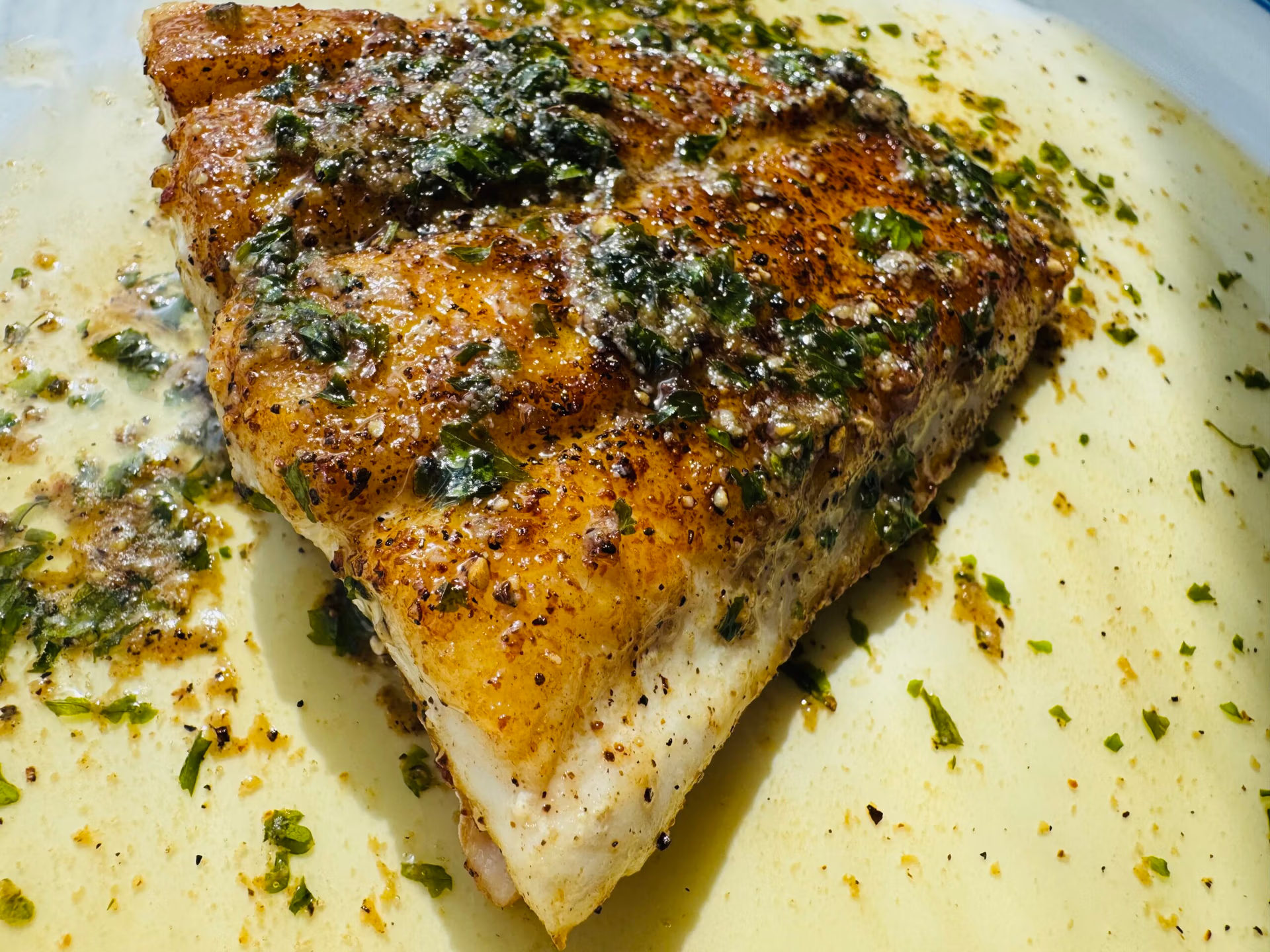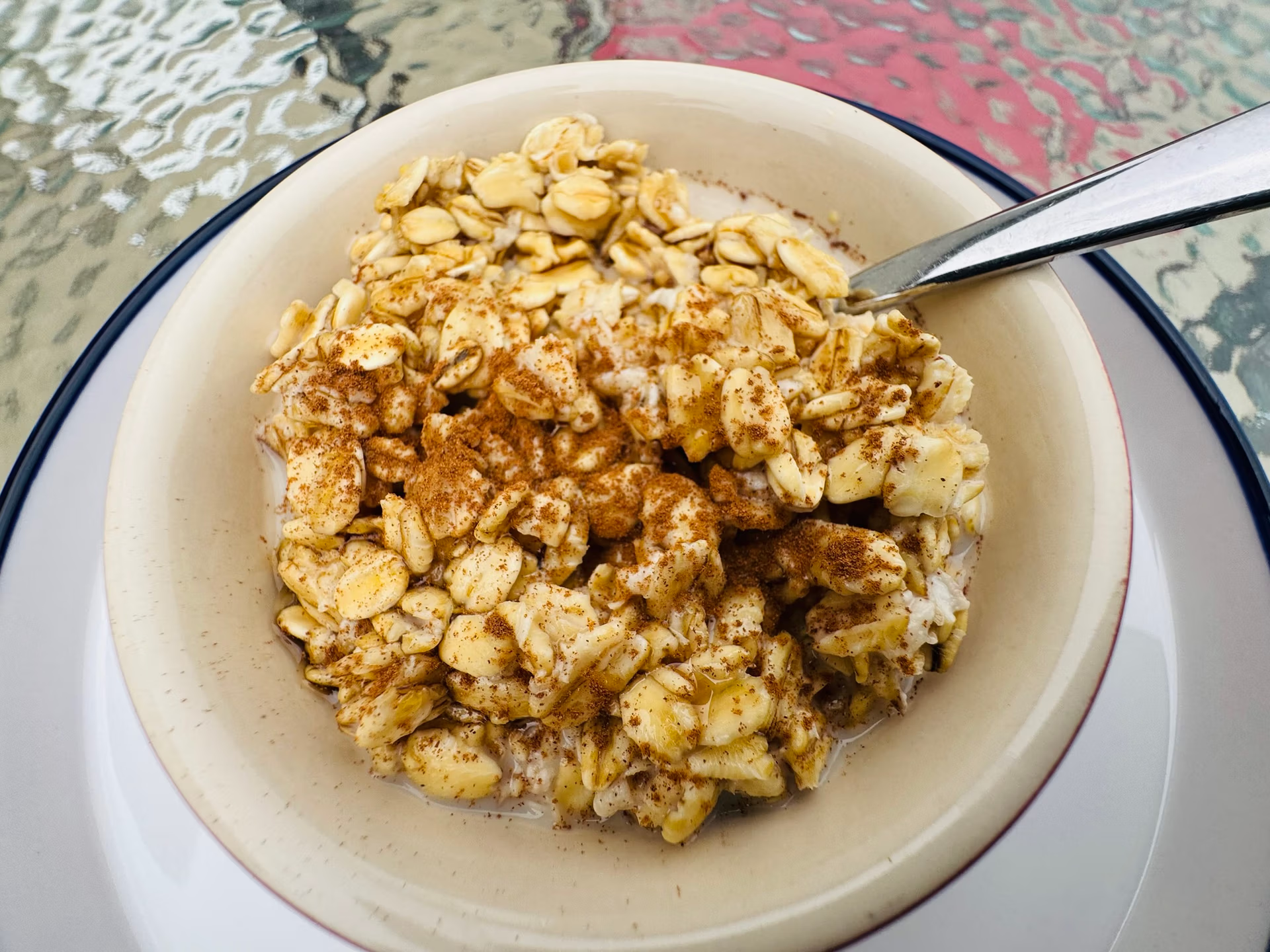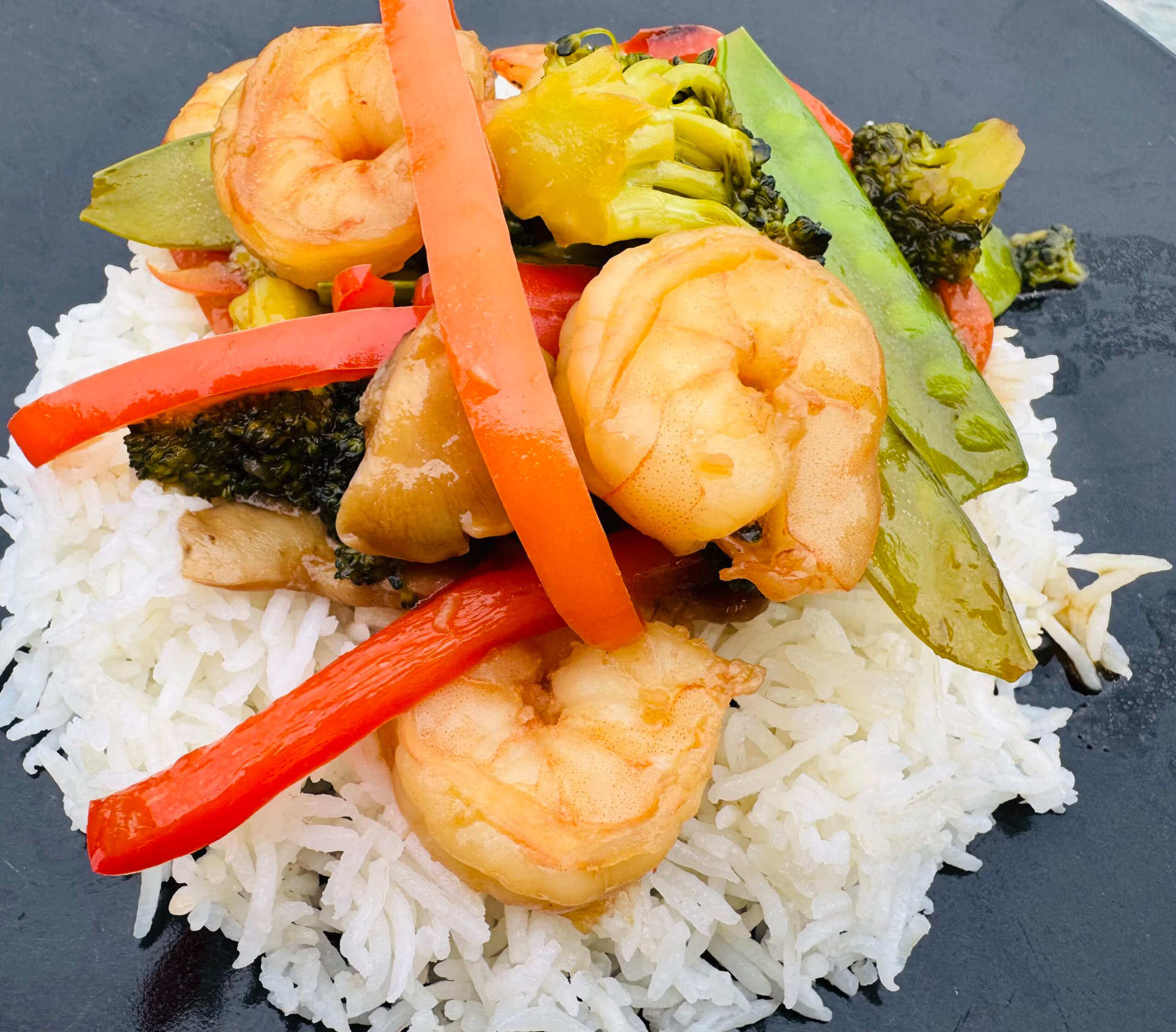I Used to Guess My Meat’s Doneness—Until I Got Smart About Temperature
Let me tell you something I wish someone had told me years ago: you don’t need Wagyu beef to make meat taste luxurious. You just need the right temperature, and for that, the best meat thermometer is essential.
I used to cook meat by instinct. Cut it open. Guess. Overcook. Undercook. Repeat. But once I discovered meat thermometers—and I mean really started using them for everything—I was blown away. Chicken came out juicy instead of chalky. Pork tenderloin was tender and blushing, not gray and sad. Even my meatloaf tasted elevated. And I’m not exaggerating when I say this one shift made my weeknight cooking feel Michelin-worthy… even when I’m cooking with store-brand meat.
Why Temperature-Based Cooking Is a Total Game Changer
There’s a reason professional chefs rely on internal temperature, not just time or looks, to know when food is perfectly cooked. Temperature takes the guesswork out of cooking.
Even budget cuts can taste gourmet when you hit the right temp. Instead of relying on texture or slicing your chicken open every 5 minutes (been there), you can know exactly when it’s done—every time.
The Different Types of Meat Thermometers (And What They Cost)
Here’s the breakdown of the four types I use or recommend, how I use them, and what you can expect to spend:
1. Instant-Read Pocket Thermometers

Best for: Pan-seared meats, grilling, quick checks
Price Range: $15–$20
These are my everyday workhorses. I use them when I pan-fry chicken thighs, sear a steak, or even check leftovers. I keep one right on the counter.
(Insert photo of fold-out digital pocket thermometer here)
Affiliate link: This is the digital pocket thermometer I use (this post contains affiliate links)
2. Oven-Safe Meat Thermometers

Best for: Roasts, whole chickens, meatloaf
Price Range: $20–$30
These stay inside the meat the whole time it cooks, giving you a reading without opening the oven. I’ve used one for my Roasted Chicken and even my homestyle meatloaf, and the results are always reliable.
(Insert photos of roasted chicken and meatloaf with thermometer inserted here)
Affiliate link: Here’s the oven thermometer I rely on

3. Grill Meat Thermometers (Probes + Pellet Grill Attachments)
Best for: Outdoor grilling and smoking
Price Range: $25–$60 for probes
My Pit Boss pellet grill has built-in probe slots, and let me tell you—when I grill Jerk Pork Tenderloin or BBQ chicken, I use them every single time. No dry pork. No undercooked chicken.
4. Bluetooth Smart Meat Thermometers

Best for: Techy cooks, multitasking moms, holiday roasts
Price Range: $200–$400
These are the high-end models that connect to your phone, sending you real-time updates. You’ll find these in chef kitchens and BBQ competitions, but they’re awesome for home use too, if you’re ready for the investment.
I currently use the Thermomaven Digital Thermometer that I ordered from Amazon. I love this because it sends a signal to my phone when my meat reaches its necessary resting temperature. As the meat rests on the counter, I can see the temperature continue to rise in real time. This is by far my favorite and most protected kitchen tool. Worth it!
You can get the Thermomaven Meat Thermometer here!
Recommended Meat Temperatures for Safe and Delicious Cooking
Whether you’re a beginner or seasoned home chef, these USDA-safe internal temperatures will take your cooking to the next level. Save or screenshot this chart—it’s gold!
| Food | Internal Temp | Notes |
|---|---|---|
| Chicken (whole or parts) | 165°F | Always fully cooked |
| Ground beef, pork, turkey | 160°F | Must be fully cooked |
| Steak (medium rare) | 135°F | Let it rest to 140°F |
| Pork tenderloin | 145°F | Juicy and slightly pink is perfect |
| Fish | 145°F | Should flake easily |
| Leftovers (reheated) | 165°F | Safe for a second go |
| Fully cooked ham (reheated) | 140°F | Just warmed through |
| Lamb | 145°F | Let rest before slicing |
Want a printable version of this for your kitchen? Stay tuned—I’m working on one for subscribers!
Let’s Talk Real Life: Temperature > Quality
You don’t have to spend big to eat well. One of the biggest lessons I’ve learned as a home cook—and mom on a budget—is that technique trumps price. I’ve turned budget pork into juicy perfection. I’ve cooked the cheapest chicken breasts into something that got compliments.
And I owe it all to cooking by temperature.
Whether you’re using a $15 thermometer or a $400 Bluetooth model, what matters most is that you’re cooking smarter, not harder.

Recipes That Meat Thermometers Help Perfect
Here are the tools I’ve used in my own home, with recipes to match:
- Digital Pocket Thermometer – Used in: Lemon Pepper Chicken, Pan-Seared Ribeye Steaks, Jamaican Jerk Fish (Coming Soon)
- Oven-Safe Meat Thermometer – Used in: Roasted Chicken, Meat Loaf (Coming Soon)
- [Pit Boss Pellet Grill (Onyx Edition)] – Used in: Jerk Pork Tenderloin
- Disposable Vinyl Food Prep Gloves – I always wear these when handling raw meat
Final Thoughts: Don’t Guess, Just Temp It
Look, if I’ve learned anything as a mom with a packed schedule and picky eaters, it’s that shortcuts are great, but confidence in your cooking? That’s priceless. A meat thermometer takes the stress out of cooking. It gives you control, consistency, and peace of mind.
So whether you’re roasting, grilling, pan-frying, or even reheating leftovers, grab a thermometer and level up your kitchen game.
Want more kitchen tips like this?
Subscribe to Camille’s Comforting Cuisine for fresh recipes and real-life cooking hacks.
Or if you’d like to inspire the cook (buy me a coffee), I always appreciate the support!




